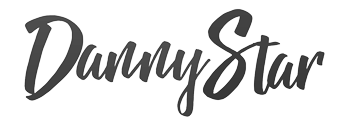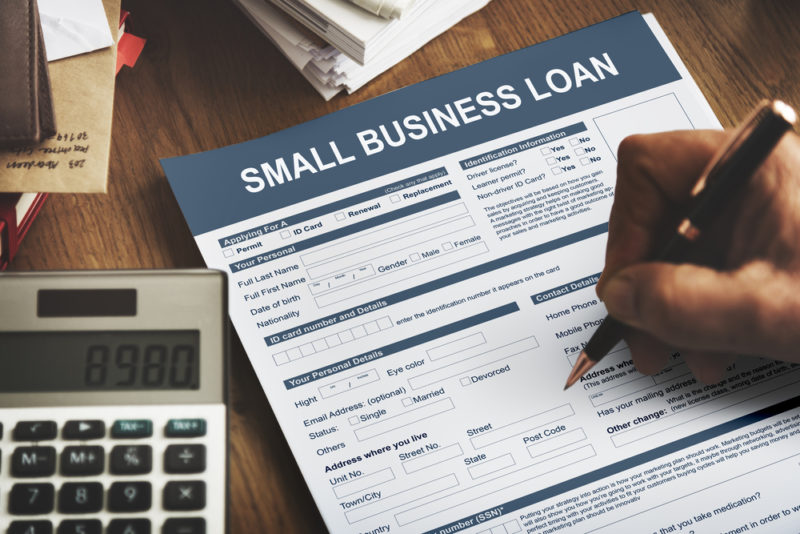2020 is an uncertain year for small businesses. After all, the COVID-19 pandemic is creating a very murky landscape for everyone. Most industries haven’t been able to find their footing, particularly with a lot of them unable to work properly. In the interest of protecting small businesses, the SBA is rolling out paycheck protection program loans to help maintain them afloat. There are a variety of requirements at the time of applying, which, as small business owners ourselves, we figured we would outline for your convenience. After all, part of Danny Star’s job as a marketing consultant in Los Angeles is helping businesses find new strategies.
Payroll Calculation
In order for the loan to be useful for your small business, you need to calculate the overall cost of your payroll and submit it as part of the application. This includes the following calculations:
- Gross W2 Salaries – The gross amount (pre-taxes) that an employee is paid.
- Medical Benefits – The amount of money that goes to an employee’s medical benefits.
- Employer Retirement Contributions – The amount of money an employer contributes to their employee’s retirement.
- Employer Payroll Tax – The federal income, Medicare, Social Security, and federal unemployment taxes paid by the employer. (The AICPA issued a statement stating that payroll tax should be included in the payroll calculation. This may change.)
- Independent Contractors – The amount of money paid to independent contractors (non-employees) by the employer. There is confusion surrounding this and the Treasury is working to clarify it. Banks have taken their own position on it with JPMorgan and Union Bank allowing it (so far). It is not 100% certain whether or not independent contractors will be allowable and they may be considered on a case by case basis with the underwriters.
Bank Access
Banks are still transitioning to adapt to the current circumstances. Some of them are already accepting applications for Paycheck Protection Program loans, having commonly worked with the Small Business Administration throughout their history. The following are some that are either already accepting applications or planning on starting to do so soon.
- Bank of America
- JPMorgan Chase
- Wells Fargo
- Union Bank
- FountainHead Credit Union
Documentation
As part of the loan application, you are going to need specific documentation in order to determine its extent. This will involve tax forms, payroll summaries, and similar documents that the lender will need. You will need to submit the following forms and files at the time of the application:
- 2019 Form 940
- 2020 Form 941 Q1
- 2019 W3 Transmittal
- Payroll Summaries – (A list of the amounts paid to individuals)
- 2019 1099s
- 2018 Tax Return
- 2019 Tax Return – If not available, you can submit your 2019 Financial Statements
Understand the Paycheck Protection Program
It’s important to understand that right now things are constantly changing due to the unpredictable nature of the situation. You need to take this into account when it comes to looking up information on potential loans and aid programs. The website for the Small Business Administration is always a good source of updated information on the matter, and you can surely find an advisor who can help you in the lending institution of your choice. Here, Danny Star will continue to do our best to help you through this with relevant information.

